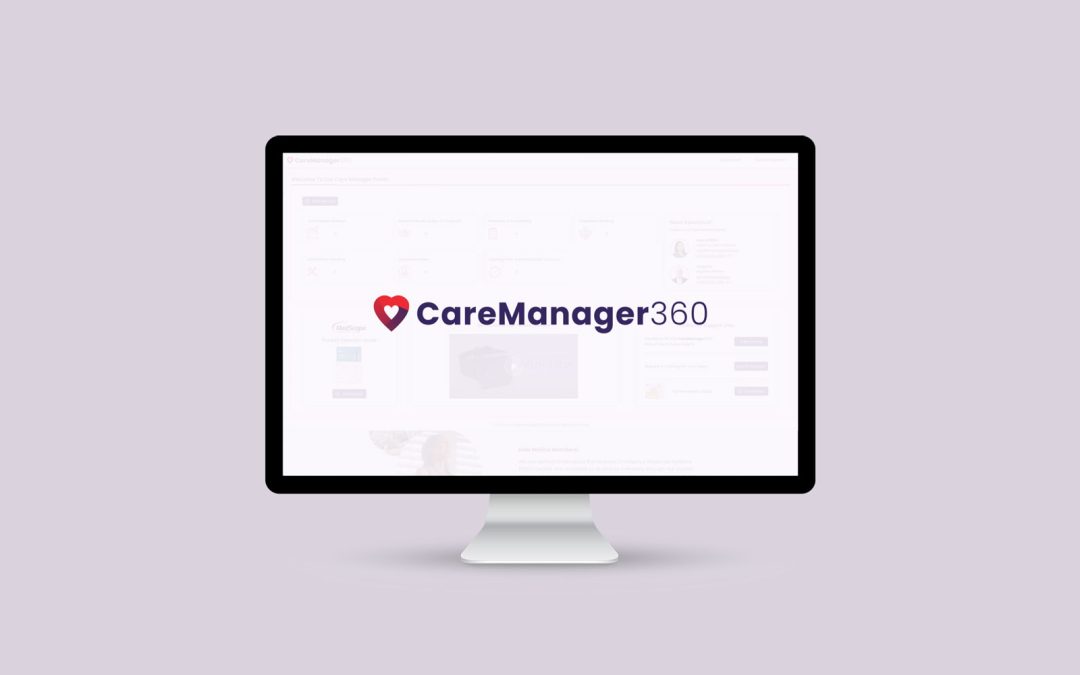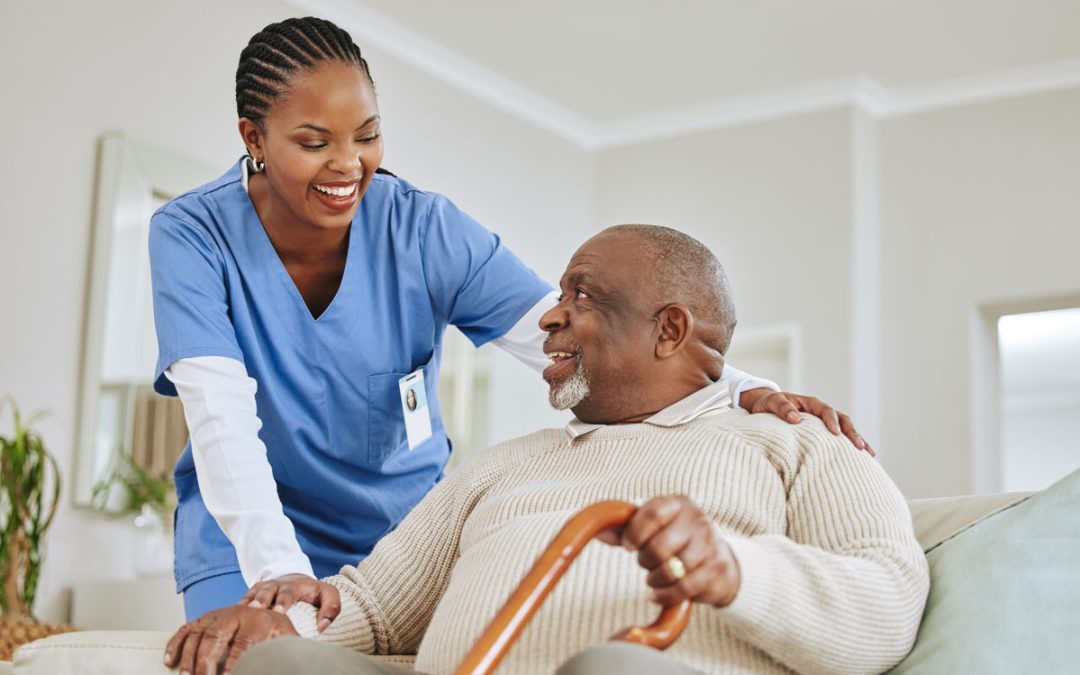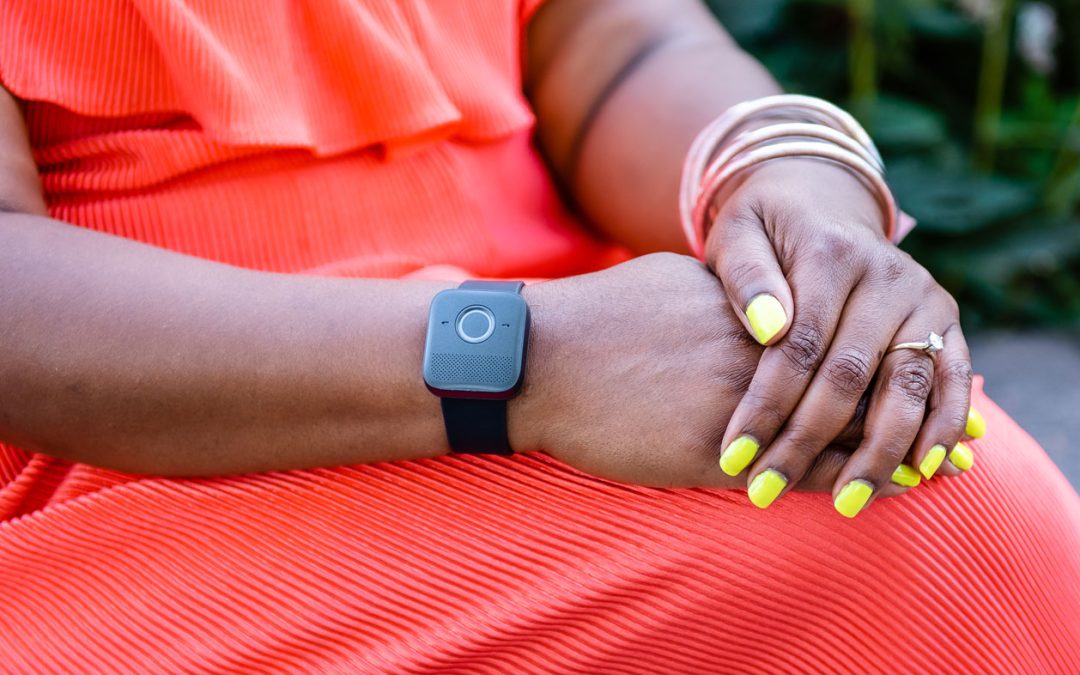
4 Key Ways Care Managers Can Support Senior Independence During National Senior Independence Month
National Senior Independence Month is the perfect opportunity for care managers to empower older adults with tools and resources that enhance their quality of life. Independence is key to seniors’ well-being, allowing them to maintain their dignity, confidence, and overall health. As a care manager, you play a crucial role in ensuring that seniors have the necessary support to live safely in their homes and engage actively in their communities. Here are four key areas where you can help your members maintain their independence and how MedScope, a Medical Guardian company, can support these efforts.
Enhancing Safety at Home
Creating a safe living environment is essential for maintaining independence. Here are a few recommendations care managers can provide:
- Fall Prevention: Encourage seniors to install grab bars in bathrooms, use non-slip rugs, and ensure their homes have adequate lighting.
- Medical Alert Systems: Equip seniors with a MedScope personal emergency response system (PERS) to provide immediate access to help in case of an emergency.
- Remote Patient Monitoring (RPM): Utilize technology to track vitals, detect health concerns early, and reduce hospitalizations.
- Home Modifications: Suggest ramps for wheelchair users, stairlifts, and easy-to-reach storage solutions to promote mobility and accessibility.
Access to Healthy Meals
Proper nutrition plays a vital role in seniors’ health and energy levels. Care managers can guide seniors toward nutritious meal options through:
- Meal Delivery Services: Recommend programs such as Mom’s Meals, which deliver nutritious meals to seniors’ homes.
- Grocery Delivery & Assistance: Suggest local grocery delivery services or volunteer programs that assist seniors with shopping.
- Nutritional Counseling: Connect members with dietitians who can create customized meal plans based on their health conditions and dietary needs.
Reliable Transportation Options
Many seniors face transportation challenges that limit their independence. Care managers can help by:
- Ride-Share Services: Introduce seniors to accessible ride-sharing programs like Lyft and Uber with senior-friendly options.
- Public Transit Assistance: Encourage the use of senior transit programs that offer discounted fares and assistance for those with mobility concerns.
- Community Volunteer Drivers: Research local organizations that provide free or low-cost rides for medical appointments, grocery shopping, or social outings.
Encouraging Social Engagement & Mental Well-being
Isolation and loneliness can impact a senior’s mental health and overall quality of life. Care managers can:
- Promote Community Activities: Encourage participation in local senior centers, exercise classes, or group activities.
- Virtual Connection Opportunities: Introduce seniors to video calling options like FaceTime, Zoom or Skype to stay in touch with family and friends.
- Support Groups & Counseling: Recommend local or online support groups that provide emotional support and guidance for seniors dealing with aging-related challenges.
How MedScope Supports Senior Independence
MedScope, a Medical Guardian company, offers innovative solutions that enhance senior independence while providing peace of mind to caregivers and family members. Our Personal Emergency Response Systems (PERS) and Remote Patient Monitoring (RPM) services ensure that seniors receive timely assistance when needed. With 24/7 emergency response capabilities, MedScope enables seniors to live confidently in their homes and maintain their independence for as long as possible.
Final Thoughts
National Senior Independence Month is a reminder of the importance of empowering older adults to live fulfilling, independent lives. Care managers play an essential role in connecting seniors with the right resources and support systems. By prioritizing home safety, nutrition, transportation, and social engagement, care managers can make a lasting impact on their members’ well-being.
At MedScope, we are committed to providing solutions that help seniors live safely and independently. To learn more about how our services can support your members, contact us today!




